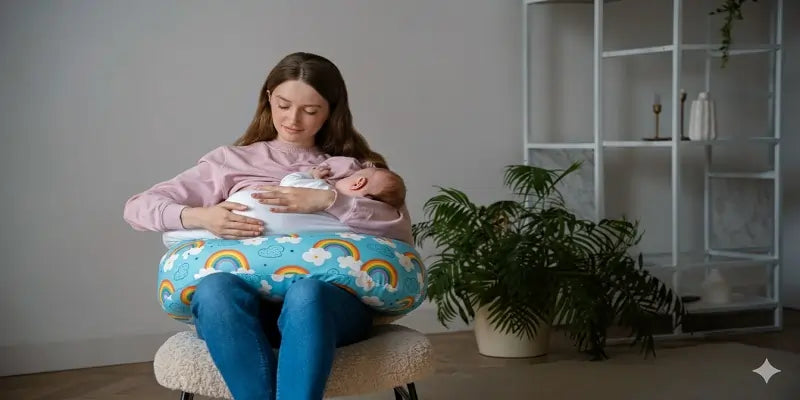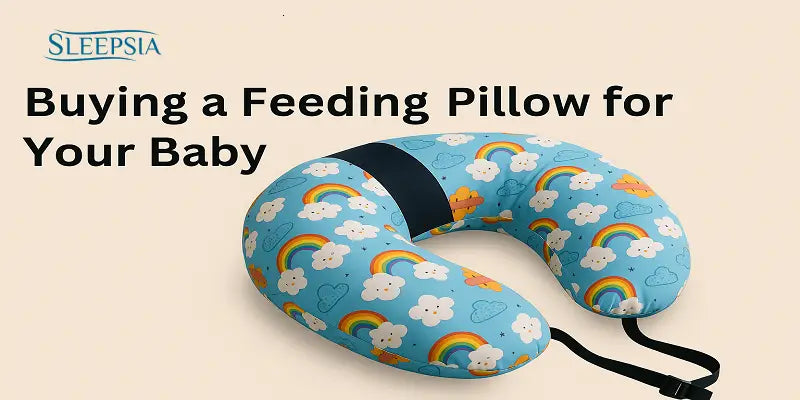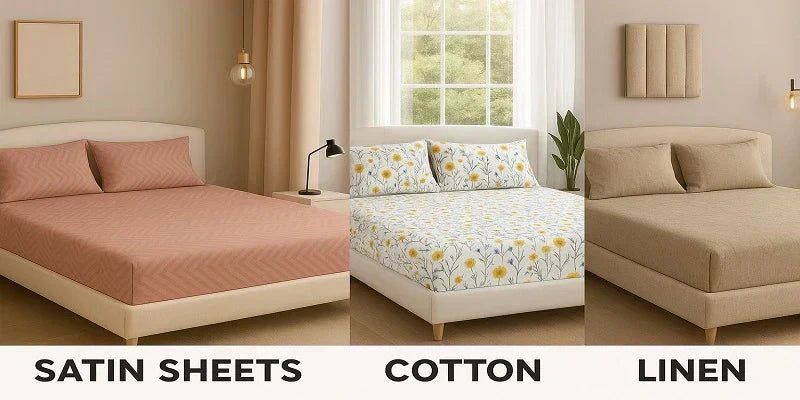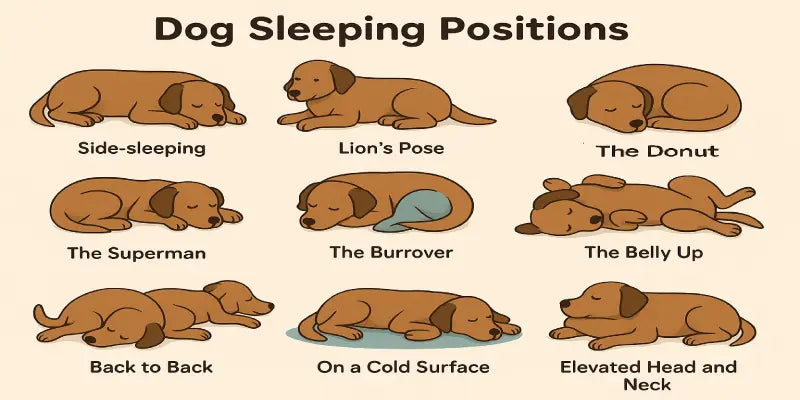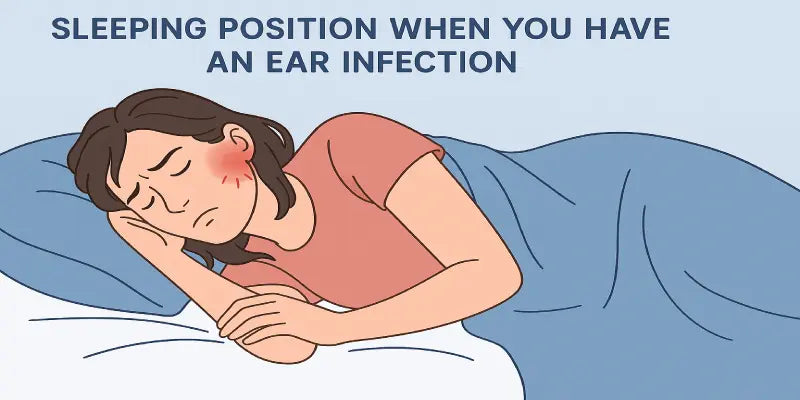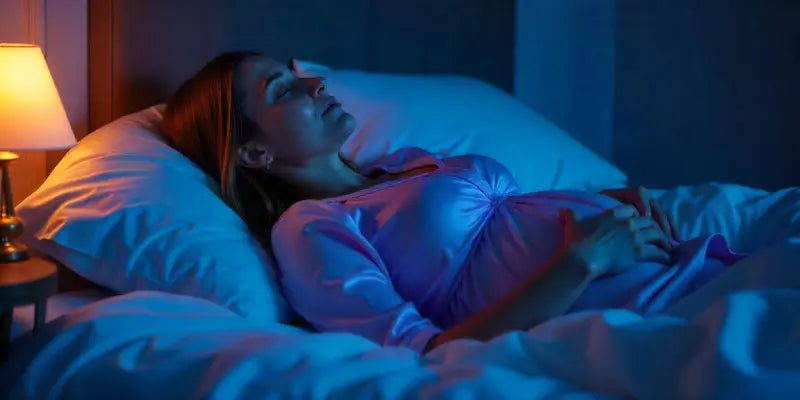
How Smart Bulbs Help You Sleep Better?
We've seen bulbs all our lives and don't think much about them because they're so common. We turn off all the lights when we go to bed since we no longer need them, but did you know that darkness can help you sleep better at night? Nowadays, there are different kinds of light bulbs on the market that can affect your ability to fall asleep.
Smart bulbs are growing popular due to their ability to change colors and brightness settings, but can they truly help your sleep? In this blog. We'll try to answer the question of whether smart bulbs truly help with sleep, and if so, how.
What are Smart Bulbs?
Smart bulbs are light bulbs that connect to your smartphone or a smart home system like Alexa or Google Home. Unlike traditional bulbs that only have an on/off switch, smart bulbs can change colors, adjust brightness, and even be scheduled to turn on or off at specific times.
With so many advancements in technology, people want to do so much more with their homes. Smart lighting transforms the way you brighten your house, which is why so many people are turning to it.
How Light Affects Sleep
Our bodies have a natural sleep-wake cycle called the circadian rhythm. This cycle is influenced by light and darkness. When it's dark, our bodies produce a hormone called melatonin, which helps us feel sleepy. In the morning, when we're exposed to bright light, our bodies stop producing melatonin and we wake up.
Similar to other living things, humans have developed an internal clock that is in sync with the earth's 24-hour natural sunshine cycle. Before the invention of light-emitting technology, the human sleep-wake cycle was centered on sunrise and sunset. However, artificial light from bulbs, as well as blue light from electronic gadgets like televisions and cell phones, have had major effects on this dynamic.
The majority of people sleep better in dark bedrooms. Household LED lights emit blue light, which suppresses melatonin production, thus leaving bright lamps and other lights on all night could negatively impact your ability to go asleep, stay asleep, and sleep for an extended amount of time.
Red light, on the other hand, has no effect on your sleep-wake cycle, therefore a dim red light can be used as a nightlight while sleeping. Yellow and orange lights have a limited effect on sleep.
The Benefit of Smart Bulbs
During the day, cool, bluish light can help you feel awake and alert. In the evening, warmer, reddish light can signal to your body that it's time to wind down and prepare for sleep. Smart bulbs can automatically change their color temperature throughout the day to match natural sunlight patterns.
Bright light before bed can interfere with melatonin production. Smart bulbs can dim gradually in the evening, signaling to your body that it's time to relax. You can program smart bulbs to follow your sleep schedule. They can gradually brighten in the morning to wake you up gently, or dim at night to help you fall asleep more easily.
Studies suggest that exposure to bright light during the day and dim light at night can improve sleep quality. Smart bulbs can assist in creating these conditions, potentially leading to better sleep.
While smart bulbs can be beneficial, they're not a magic solution for sleep problems. Other factors like bedroom temperature, noise, and overall sleep hygiene also play important roles in getting a good night's sleep.
Conclusion
Smart bulbs can indeed contribute to better sleep by mimicking natural light patterns and helping regulate your circadian rhythm. By adjusting color temperature and brightness levels, they can create an environment that promotes relaxation at night and alertness during the day. If you struggle with sleep, integrating smart bulbs into your home could be a step towards improving your sleep quality.
Remember, good sleep habits involve more than just lighting, so consider a holistic approach to ensure restful nights and productive days. Investing in a good quality pillow can make a major difference in your sleep quality and the way you feel in the morning. A Microfiber Pillow is soft and comfortable and supports your neck and spine. Microfibre is also relatively inexpensive, which is why it is the preferred option of pillow fillings in homes and even the hotel business.
